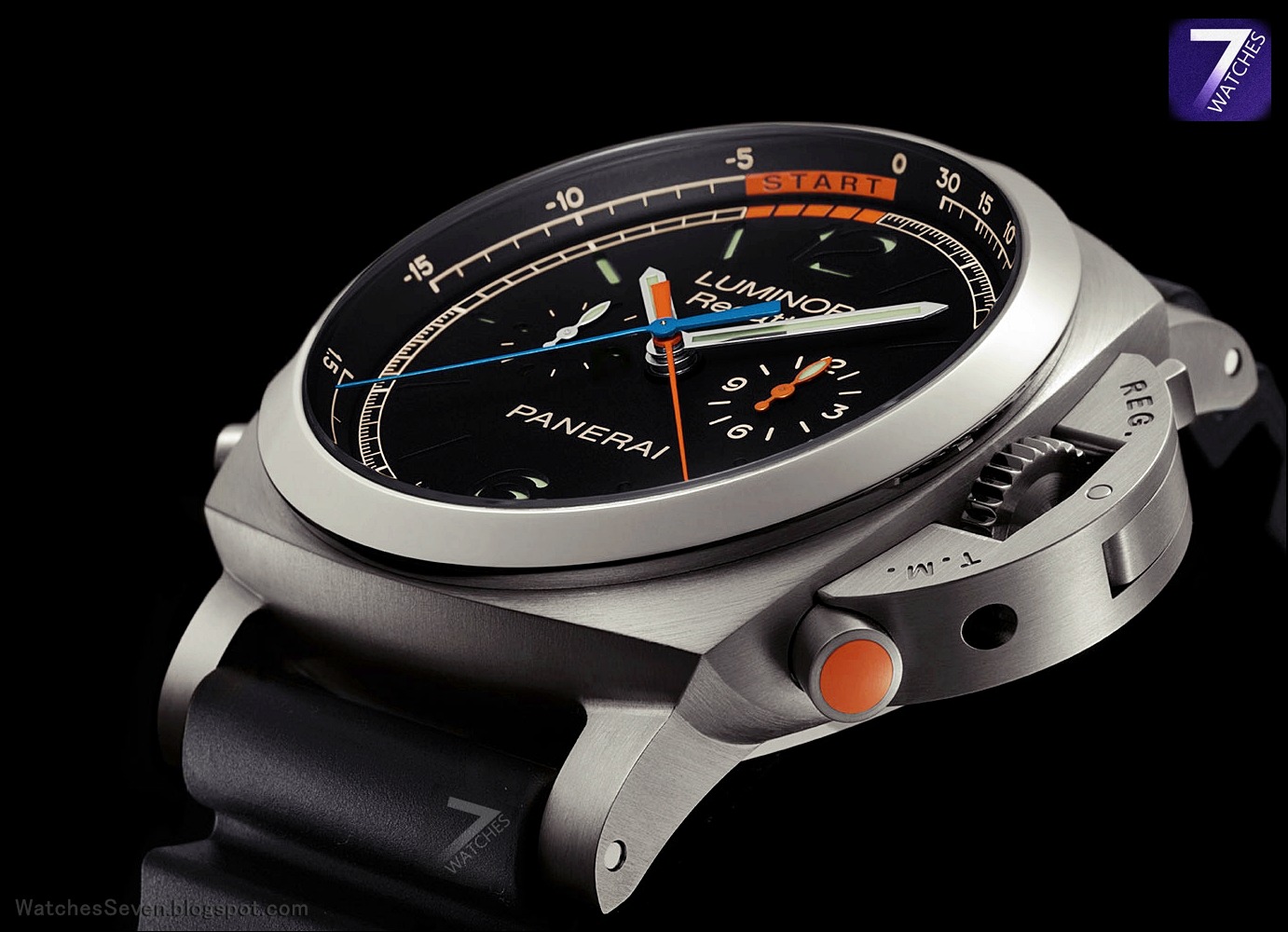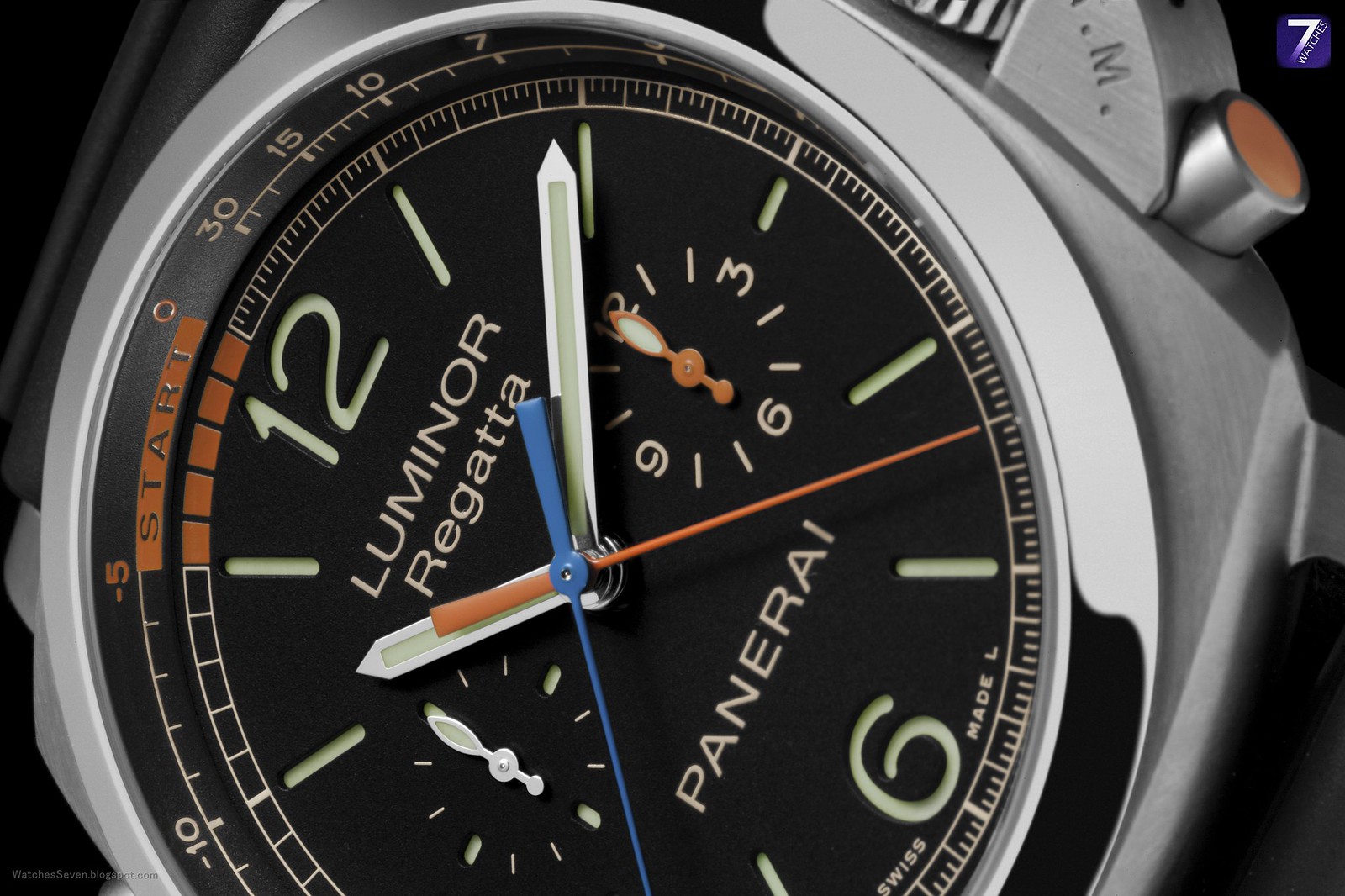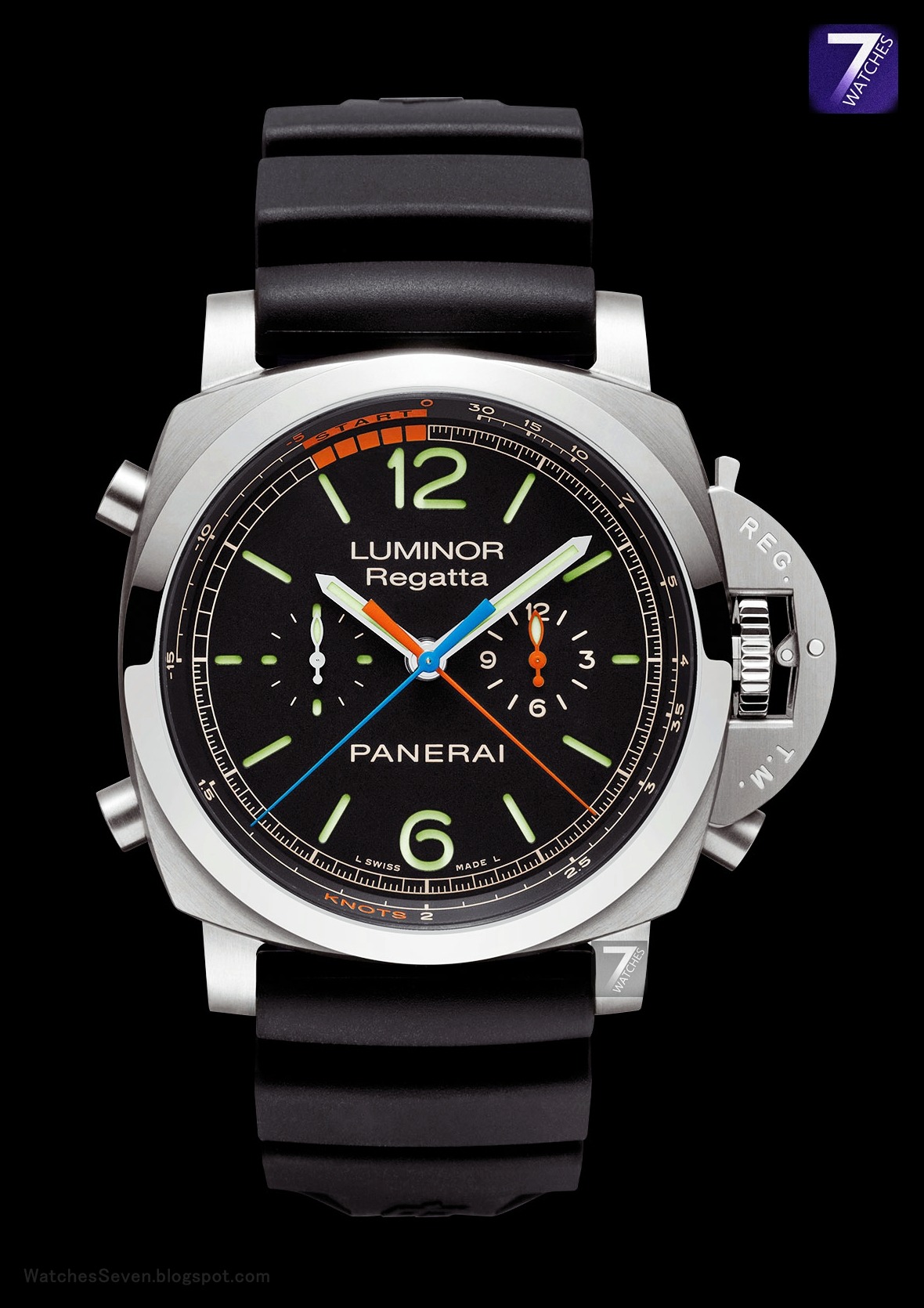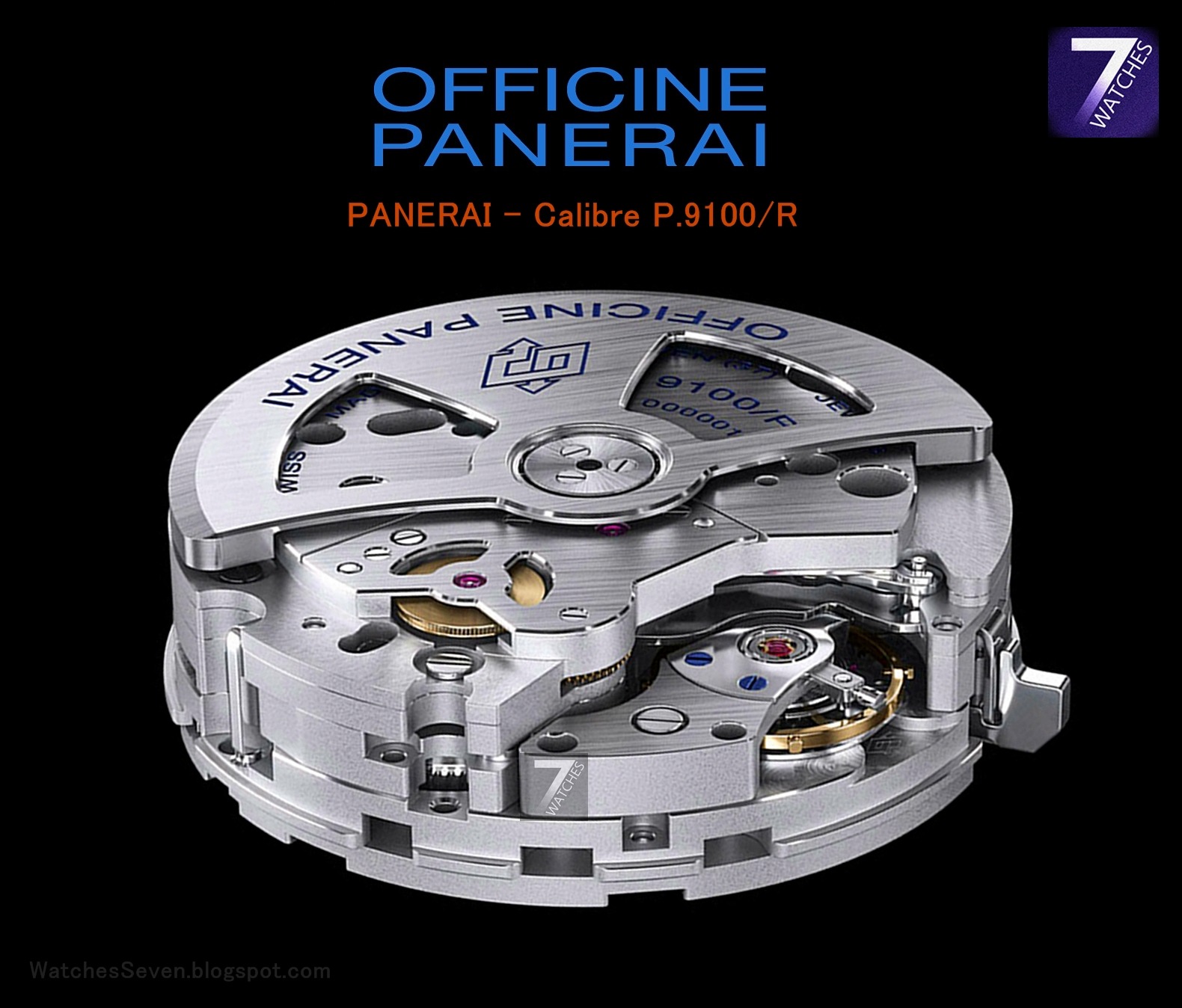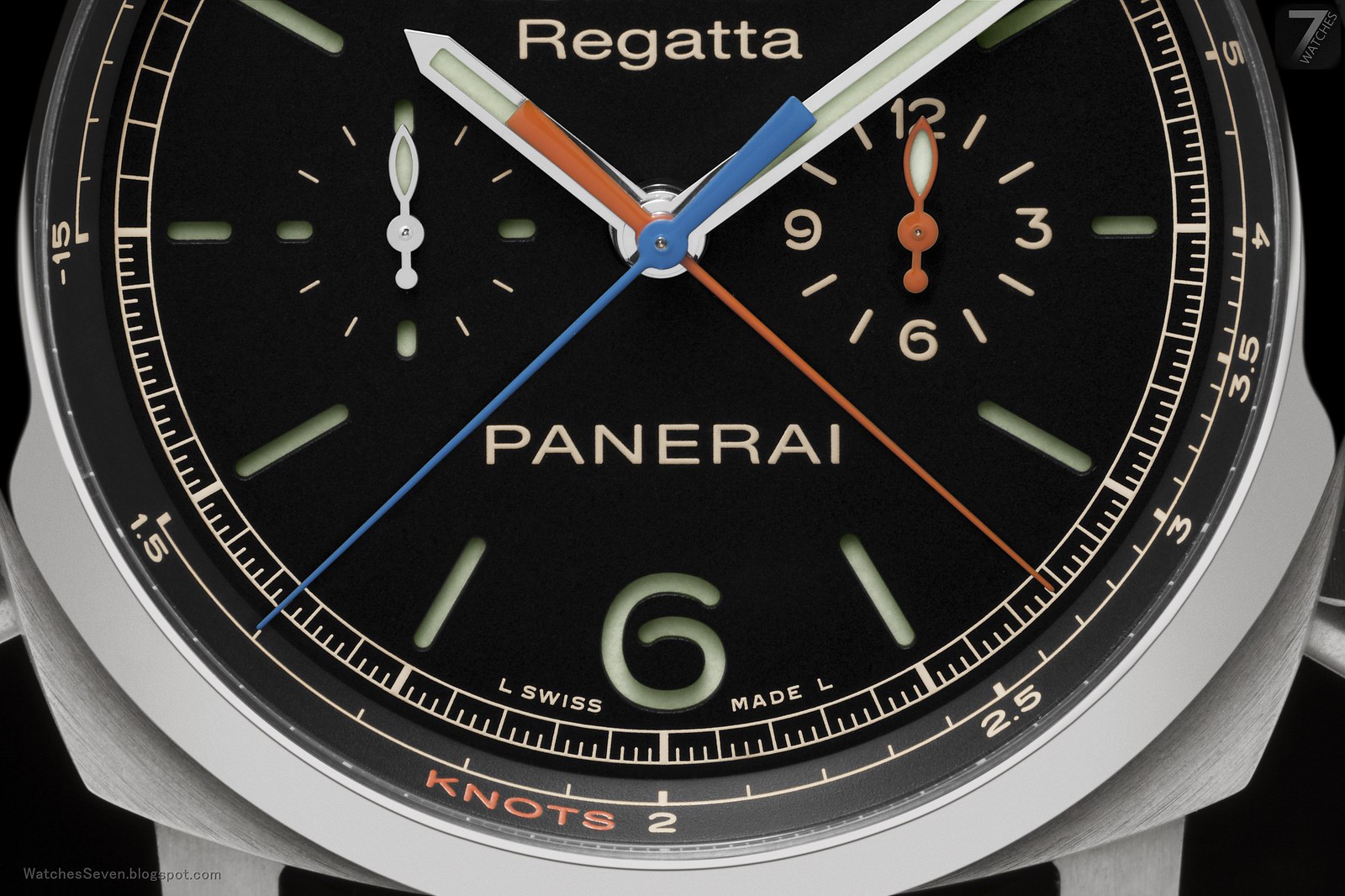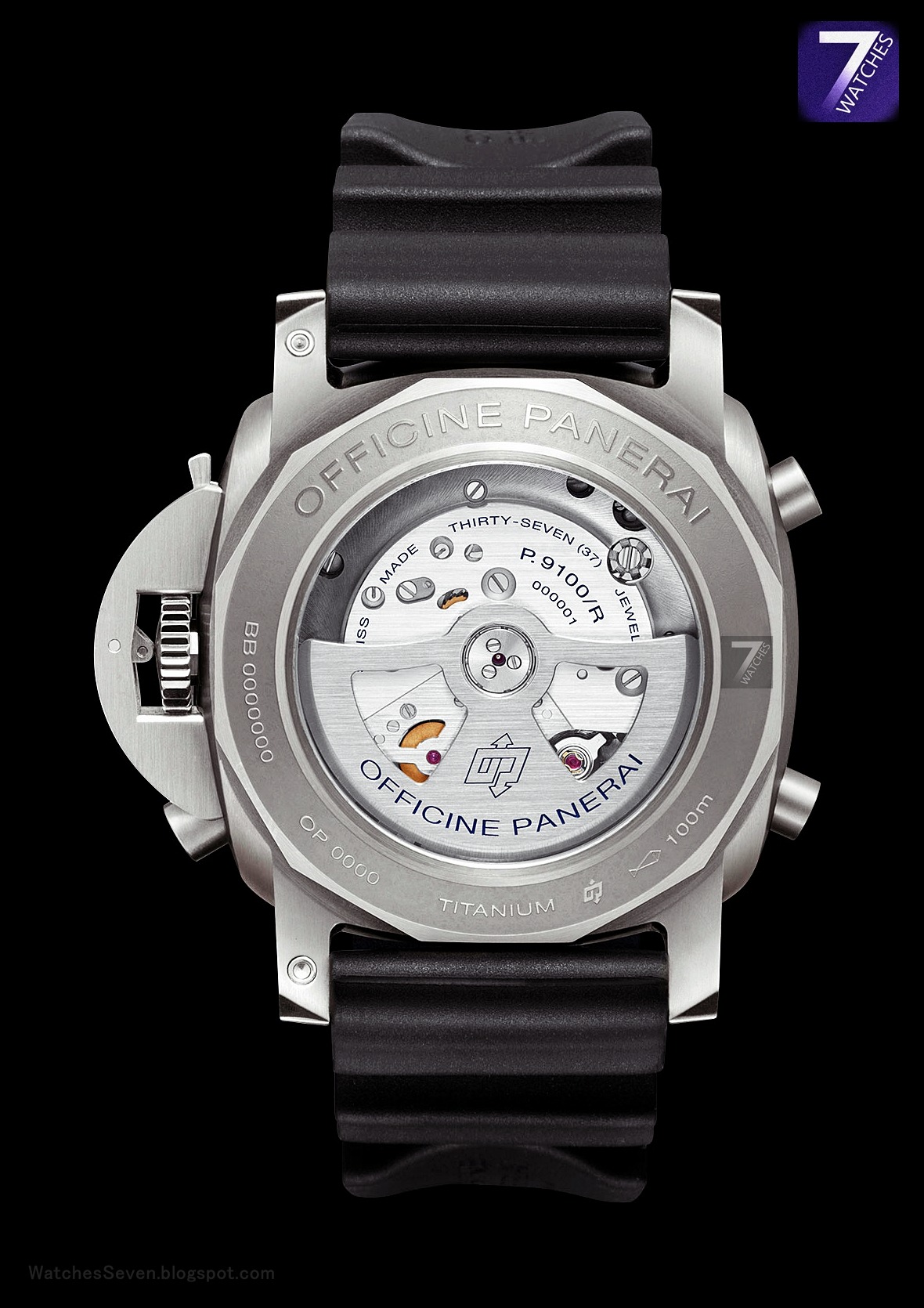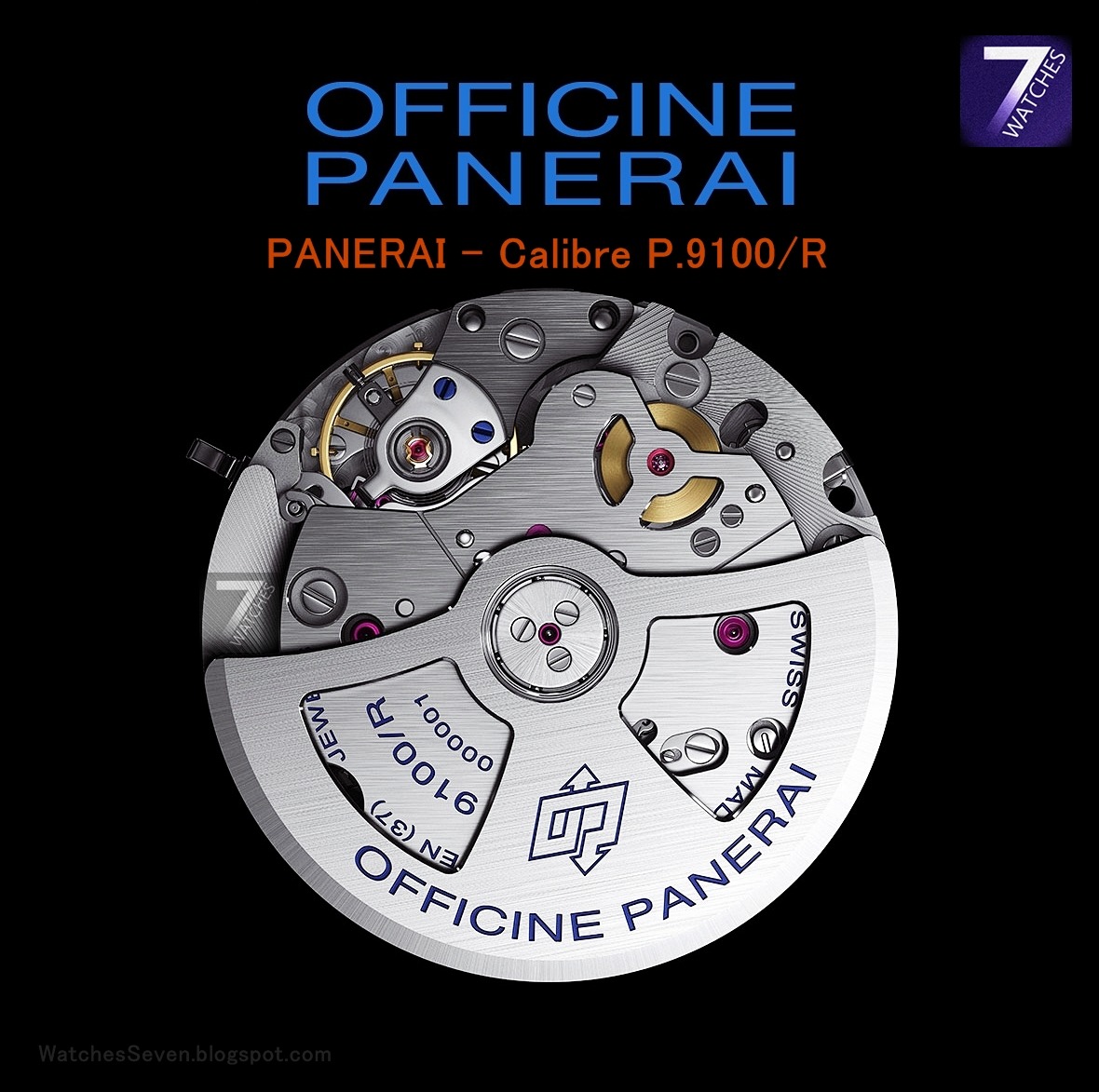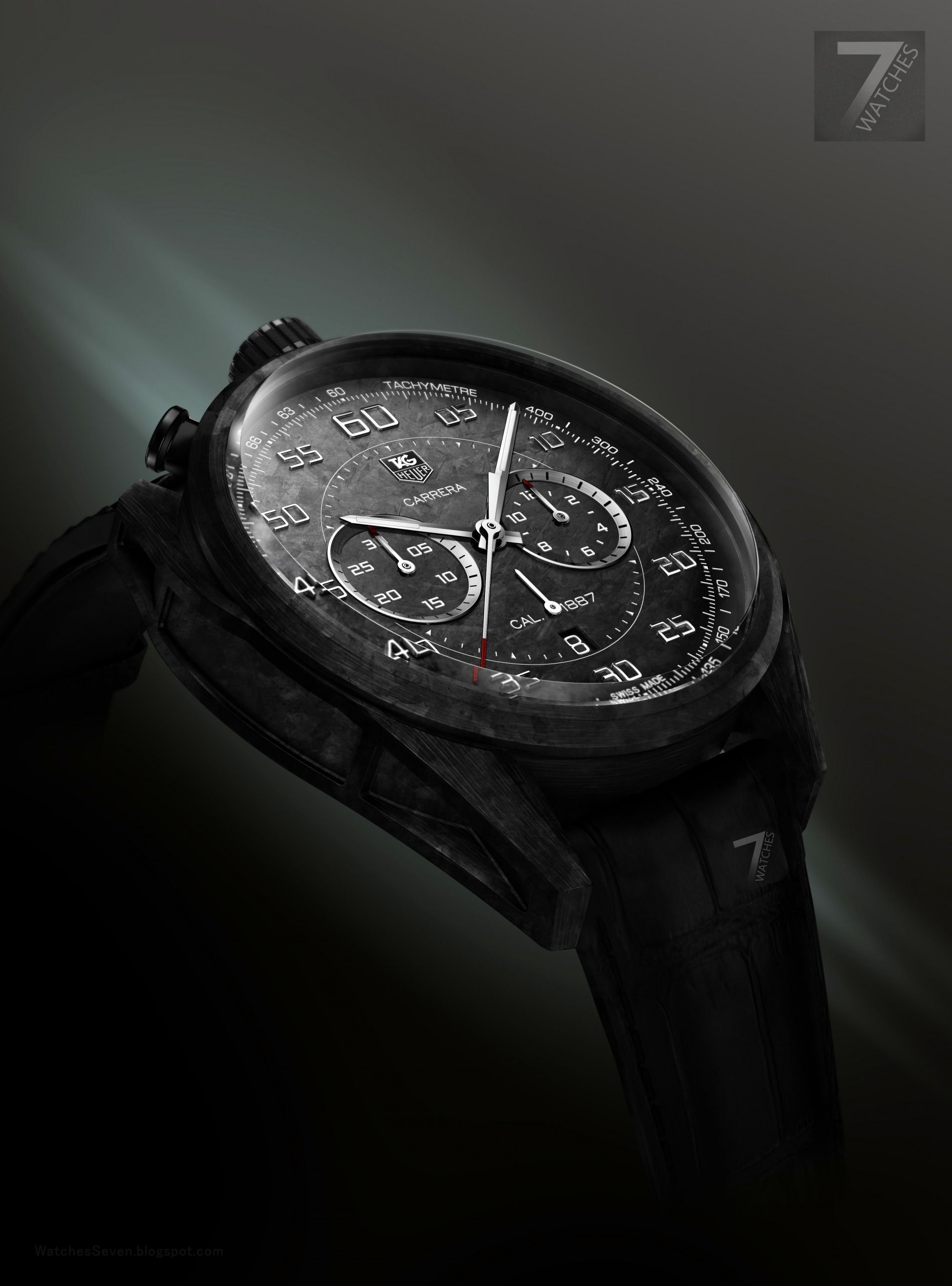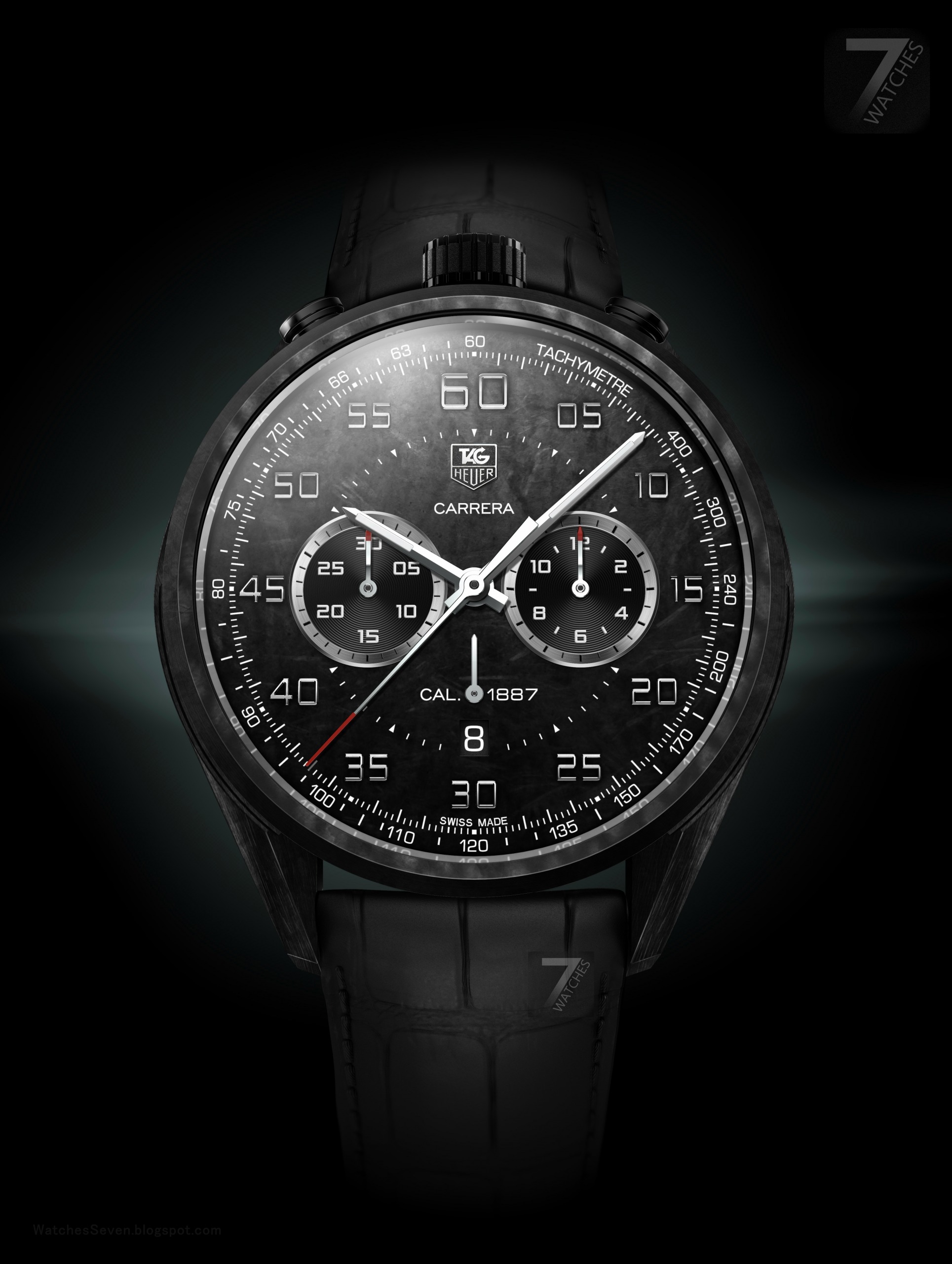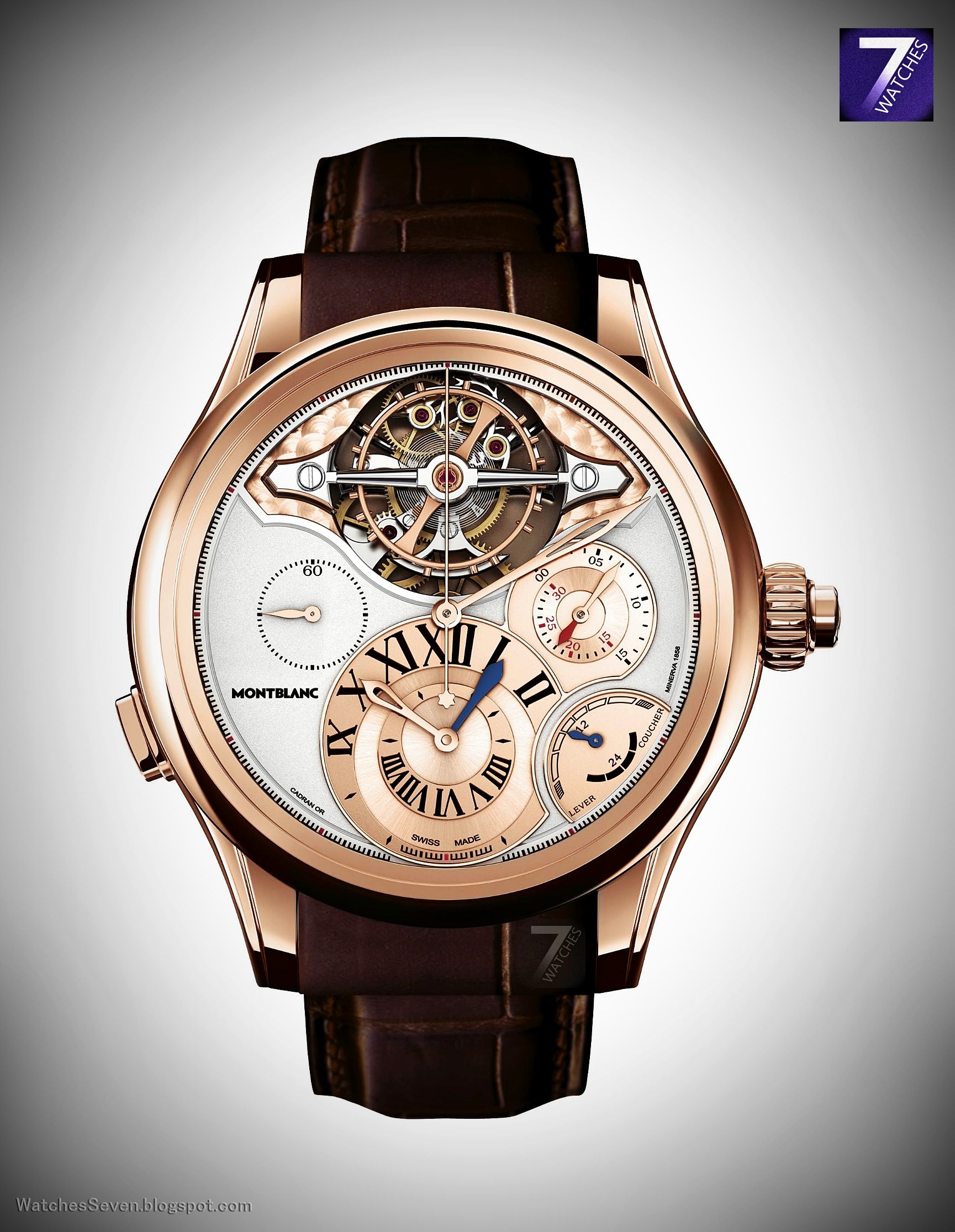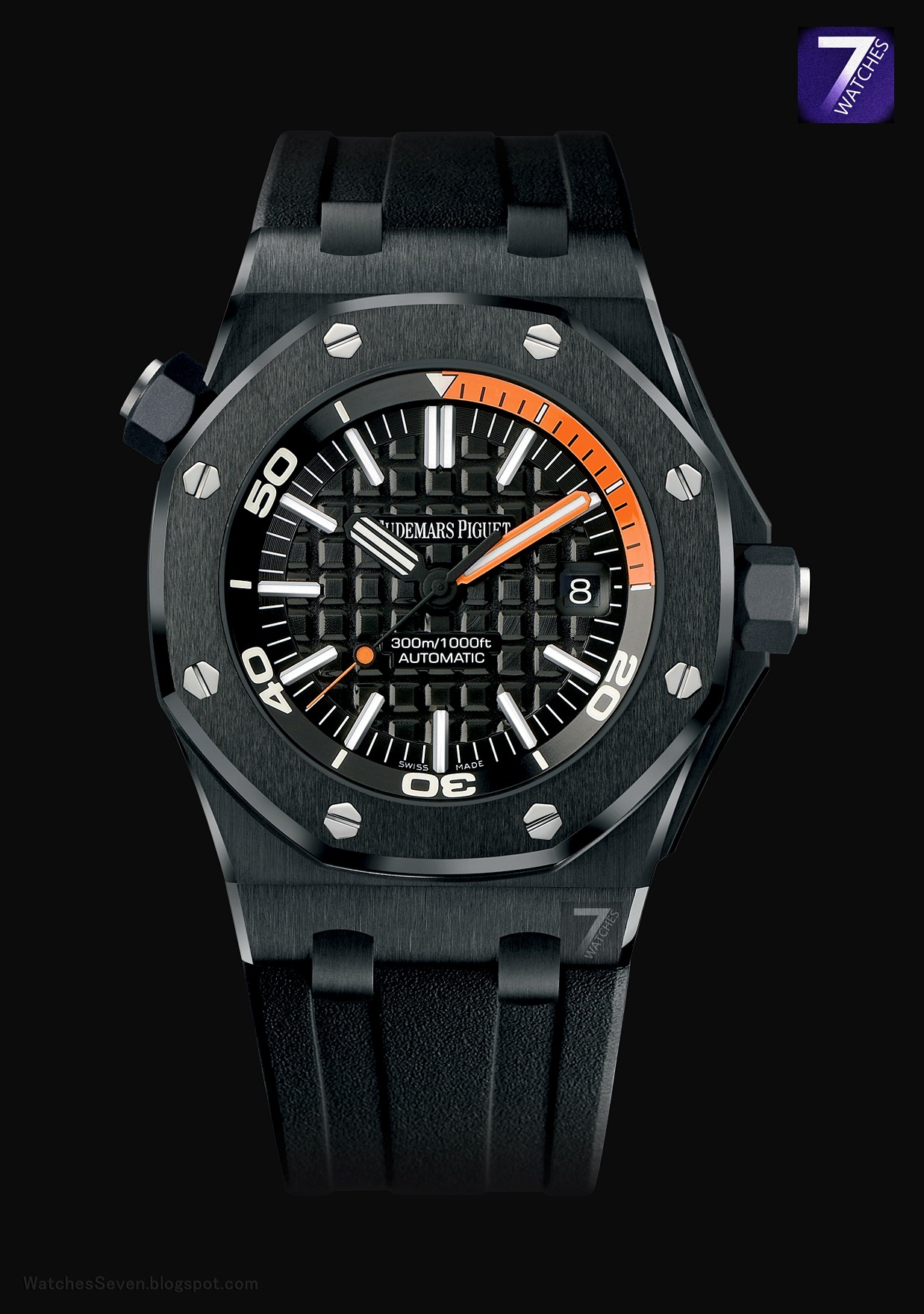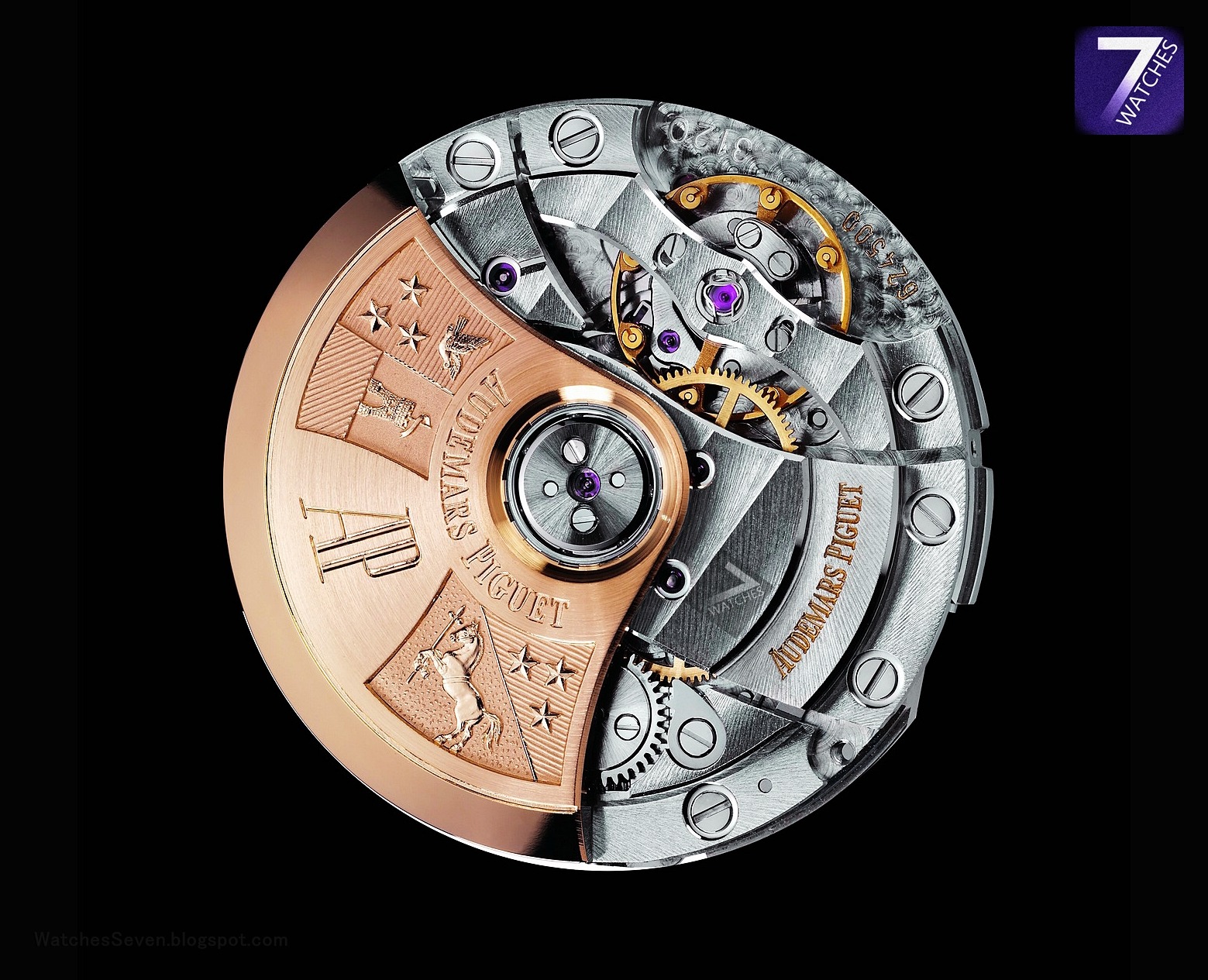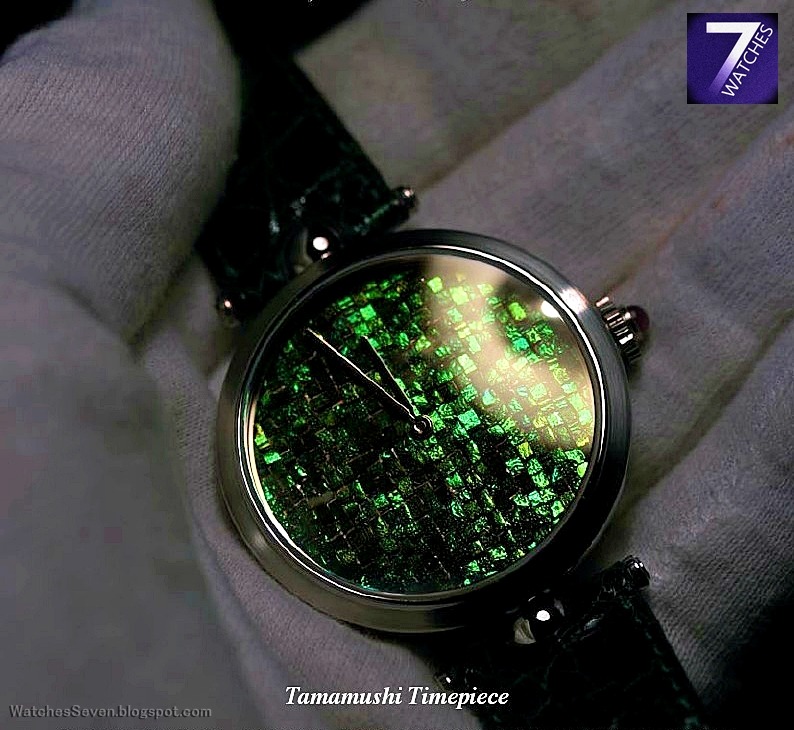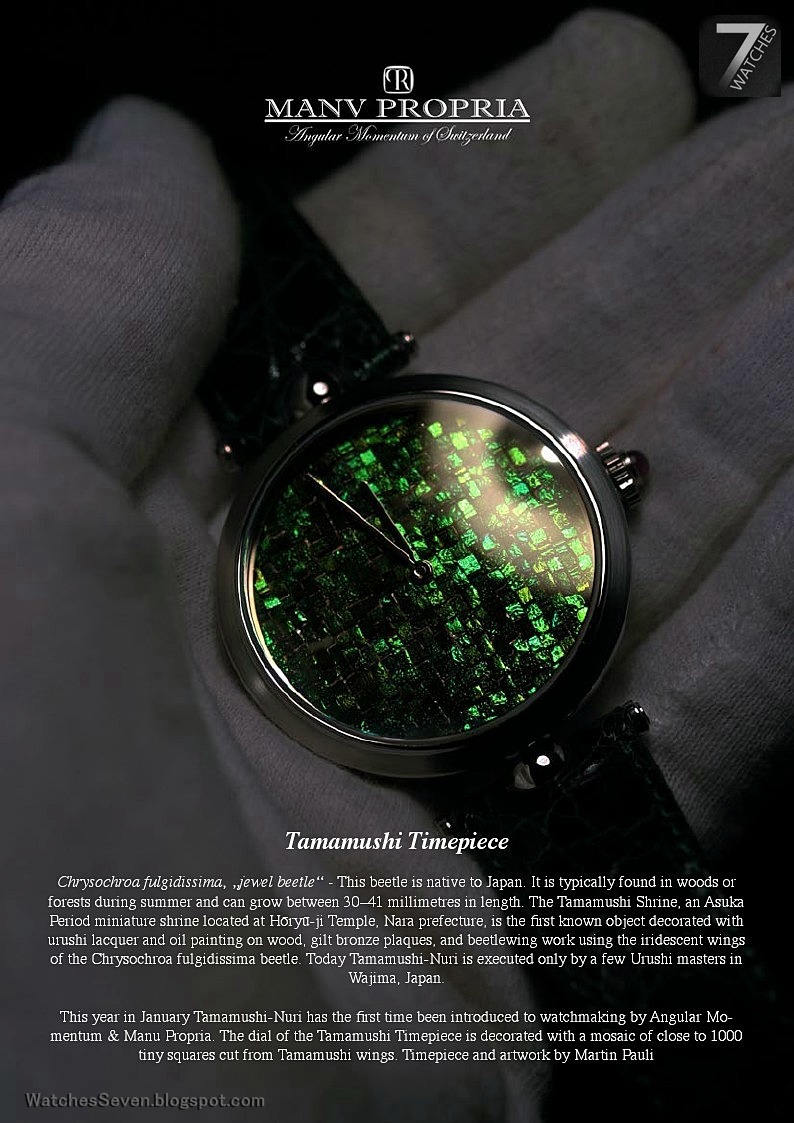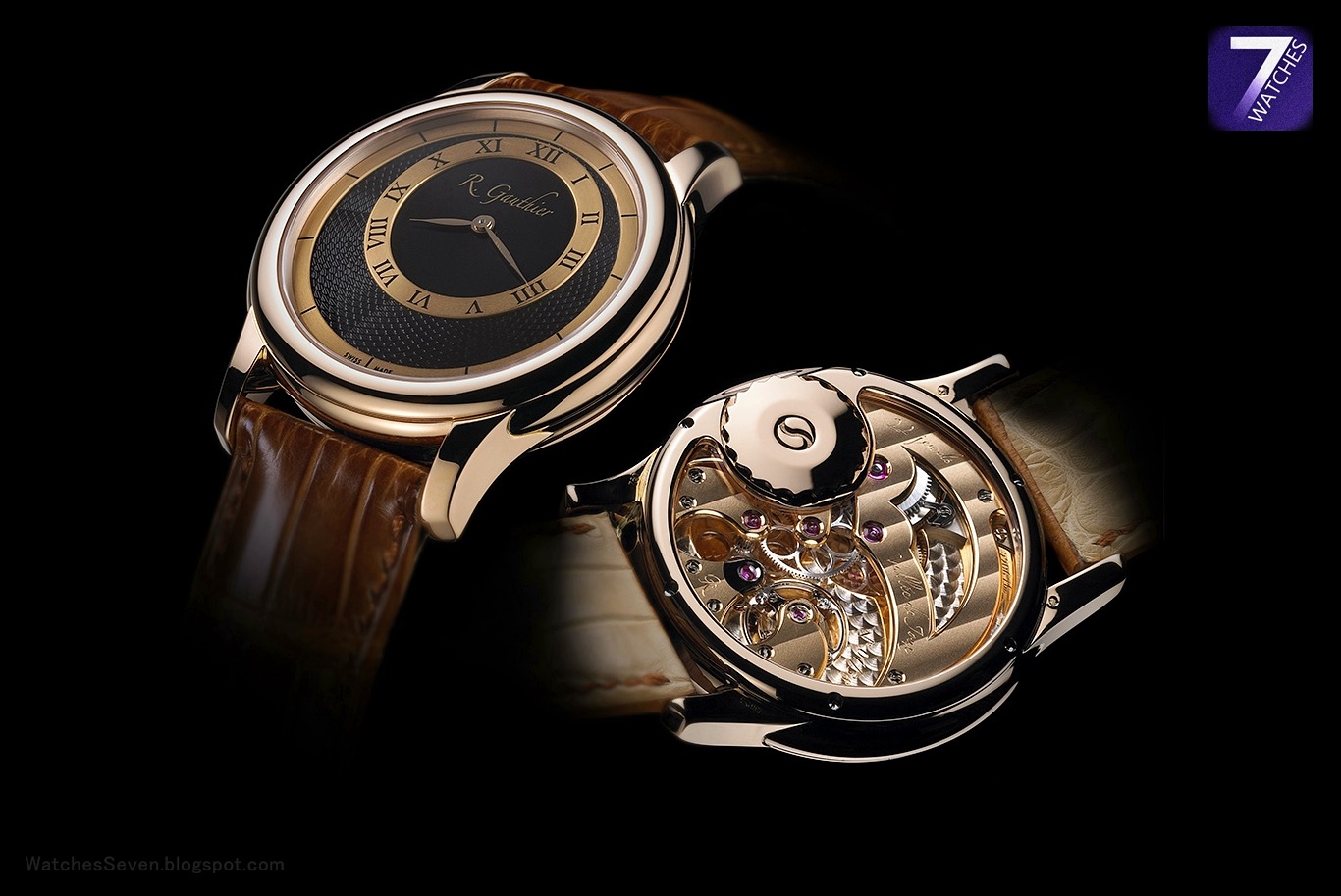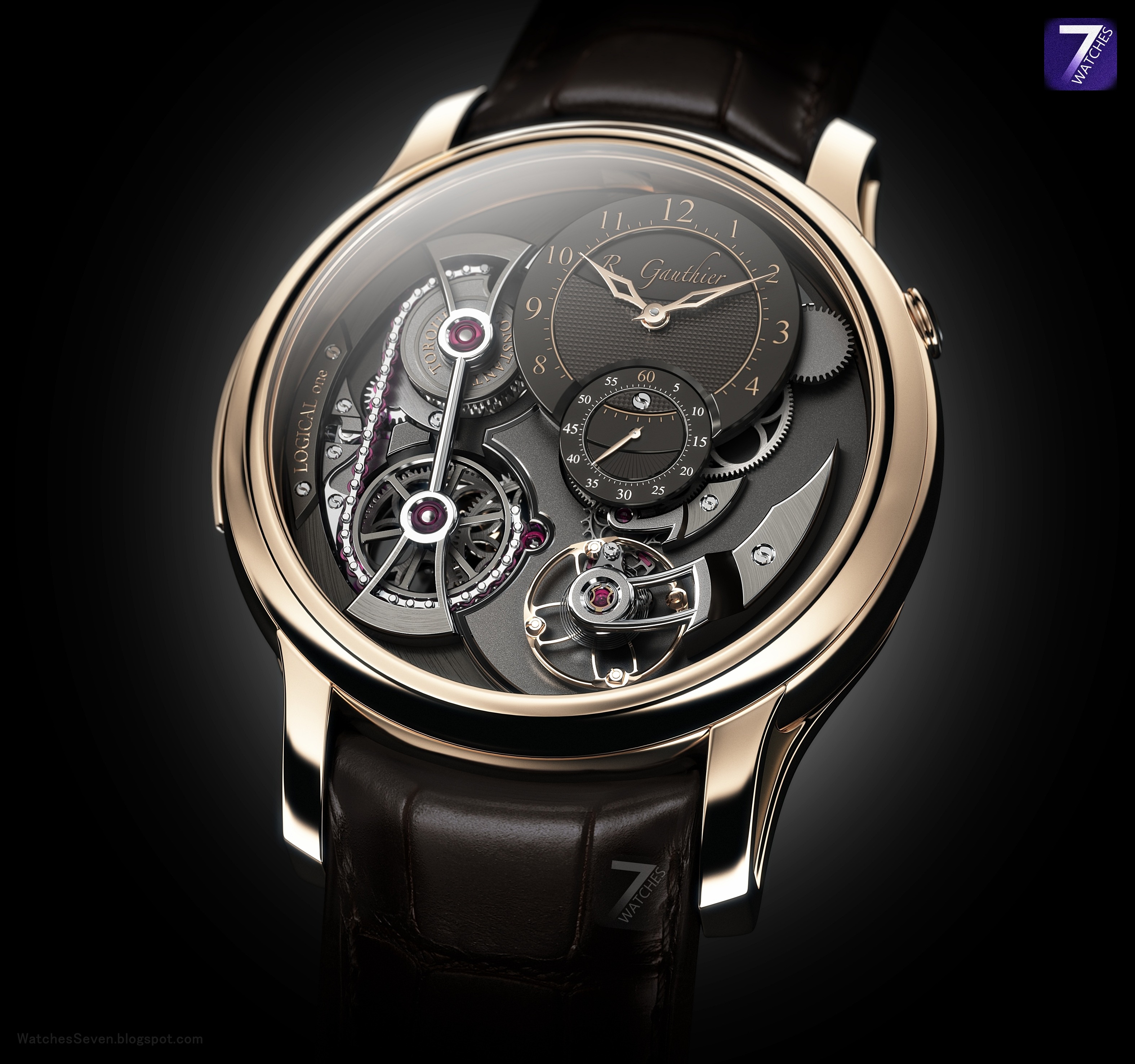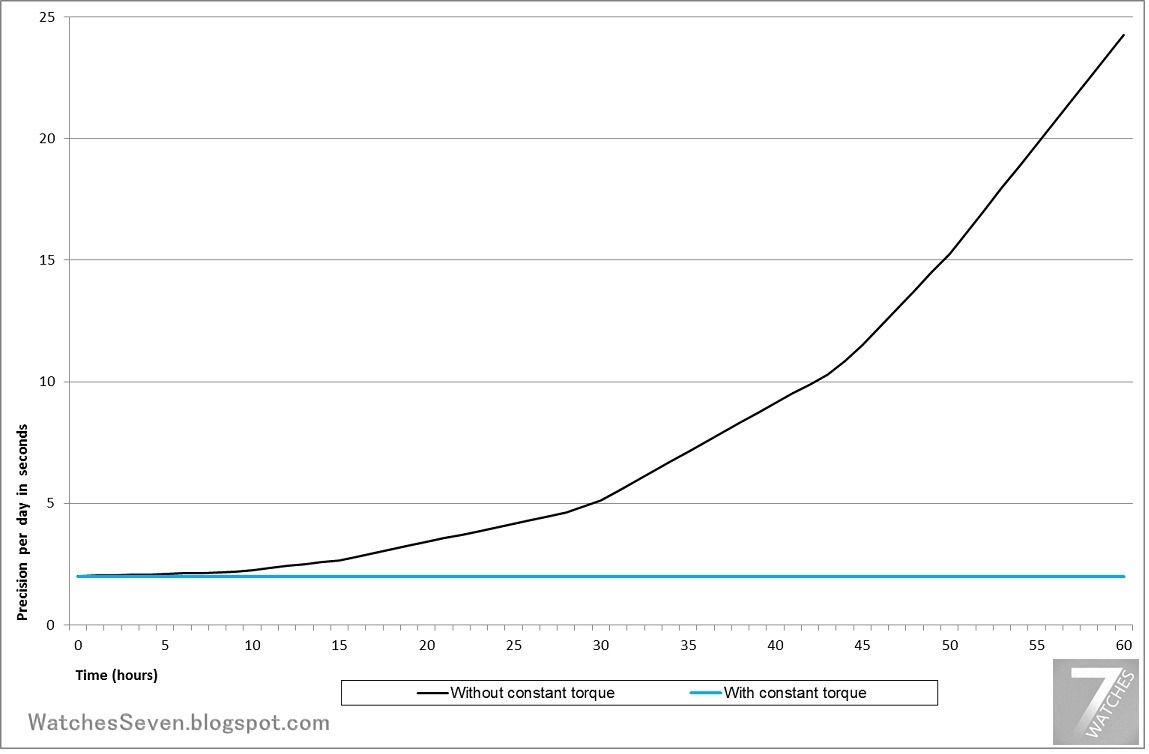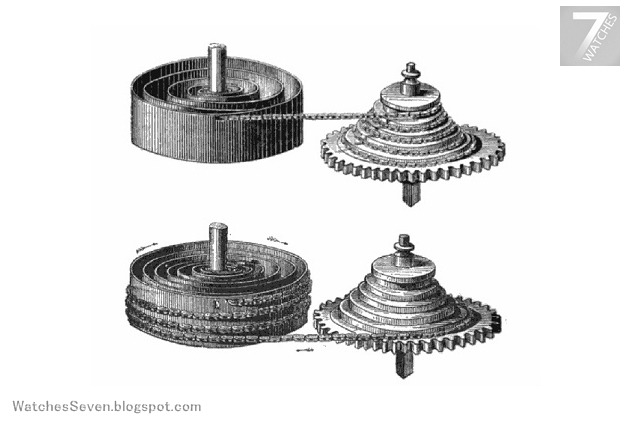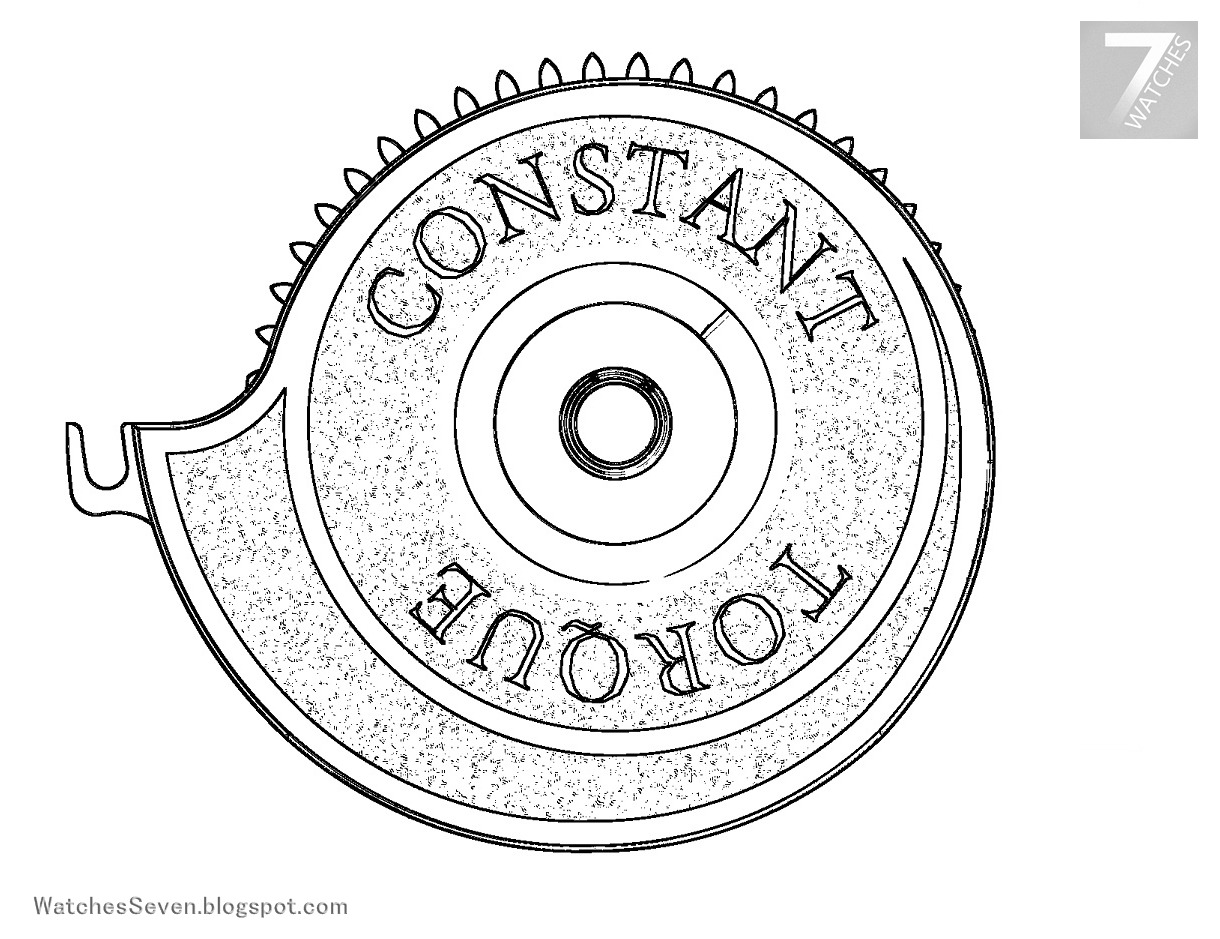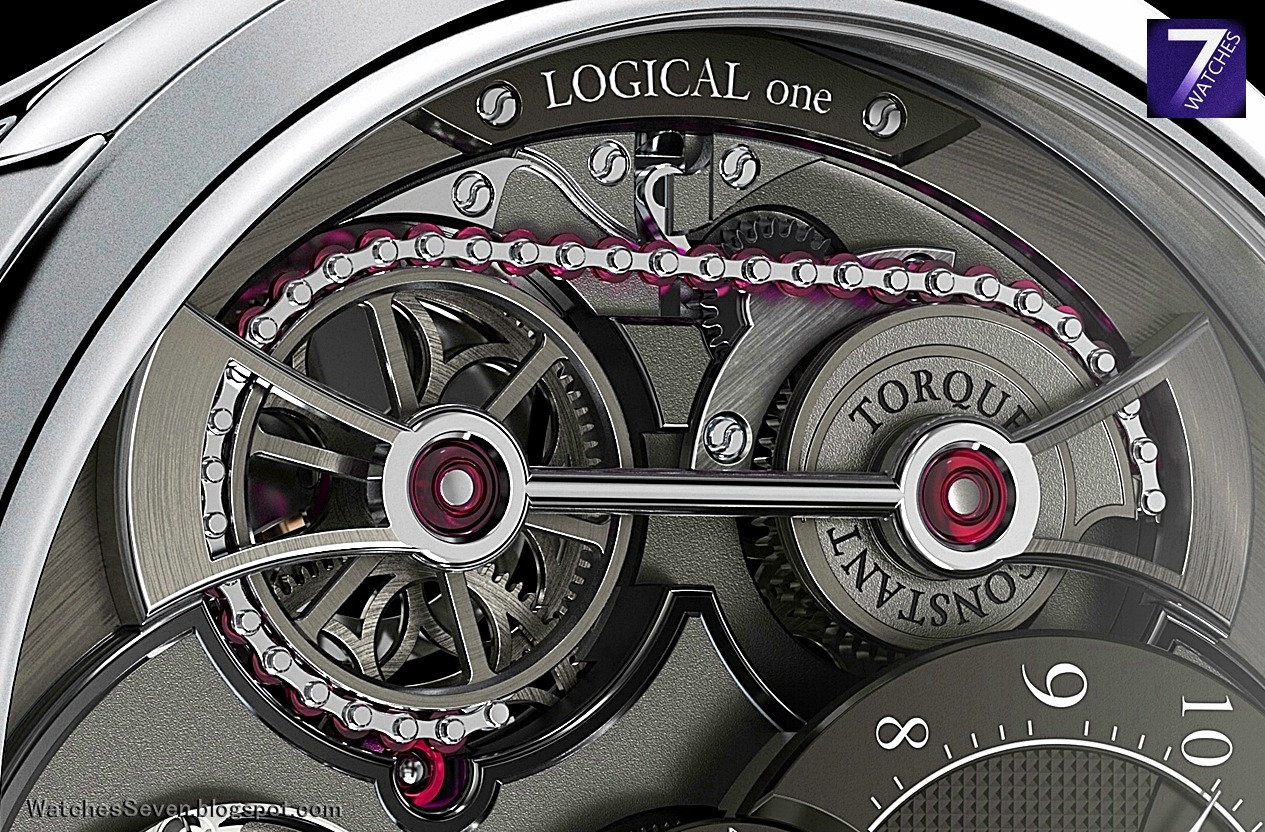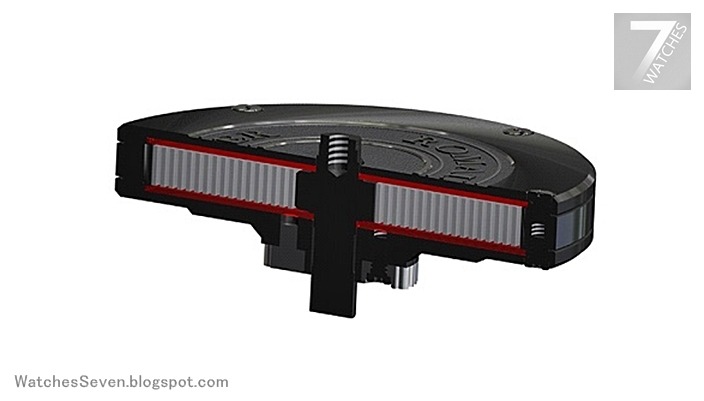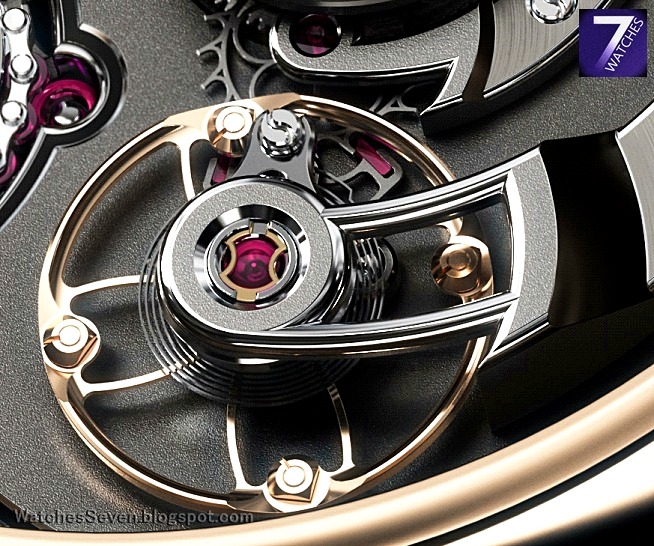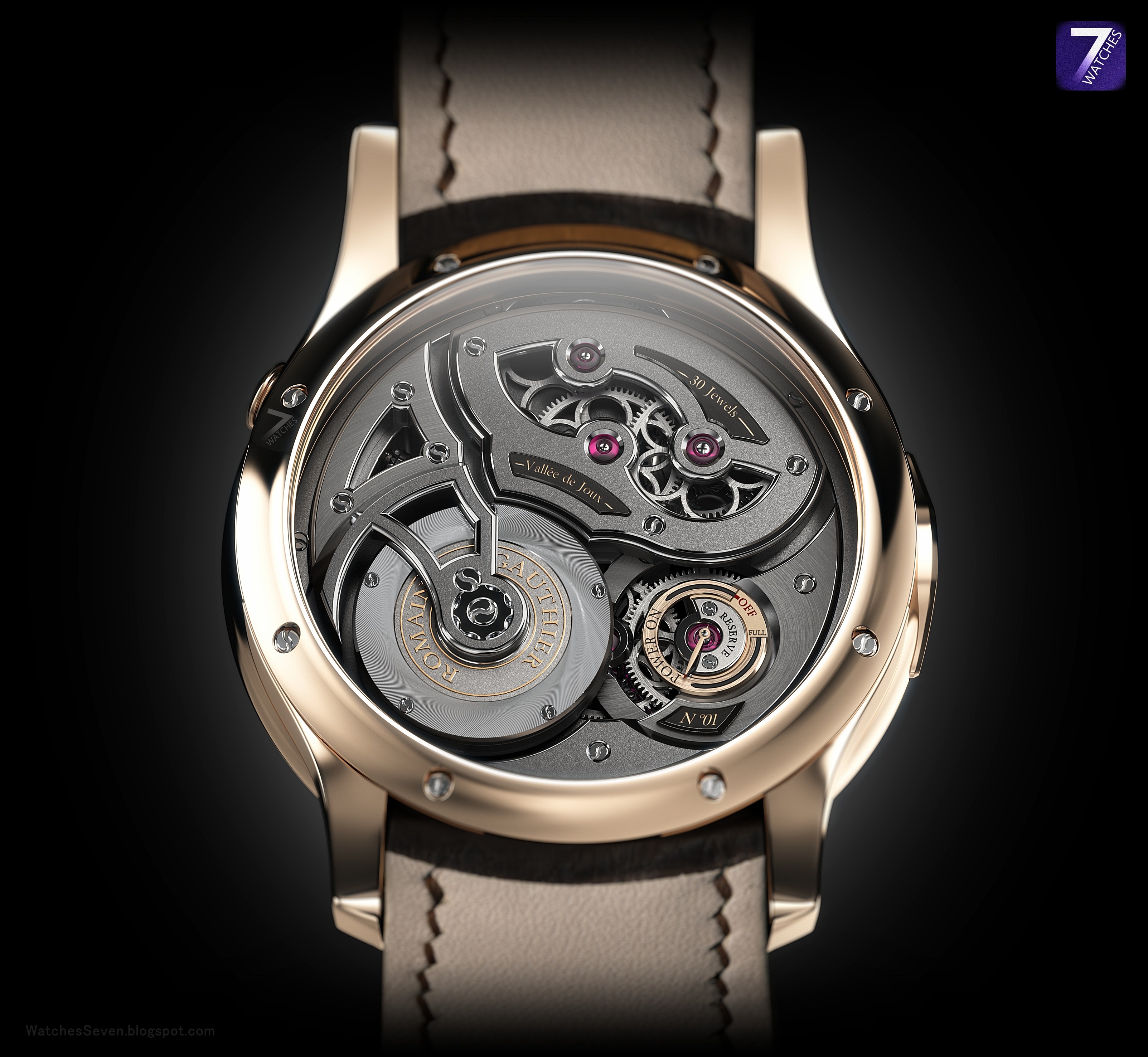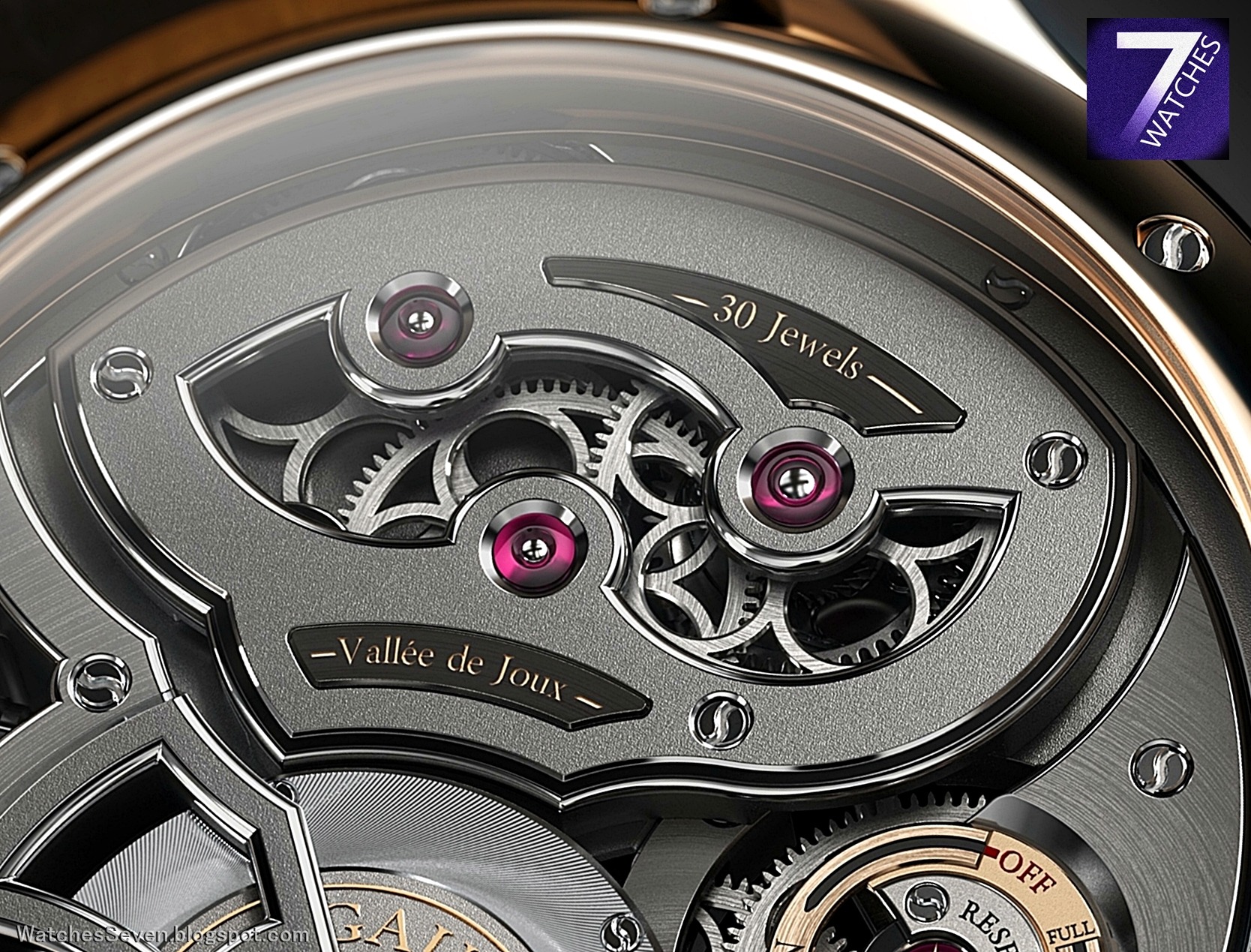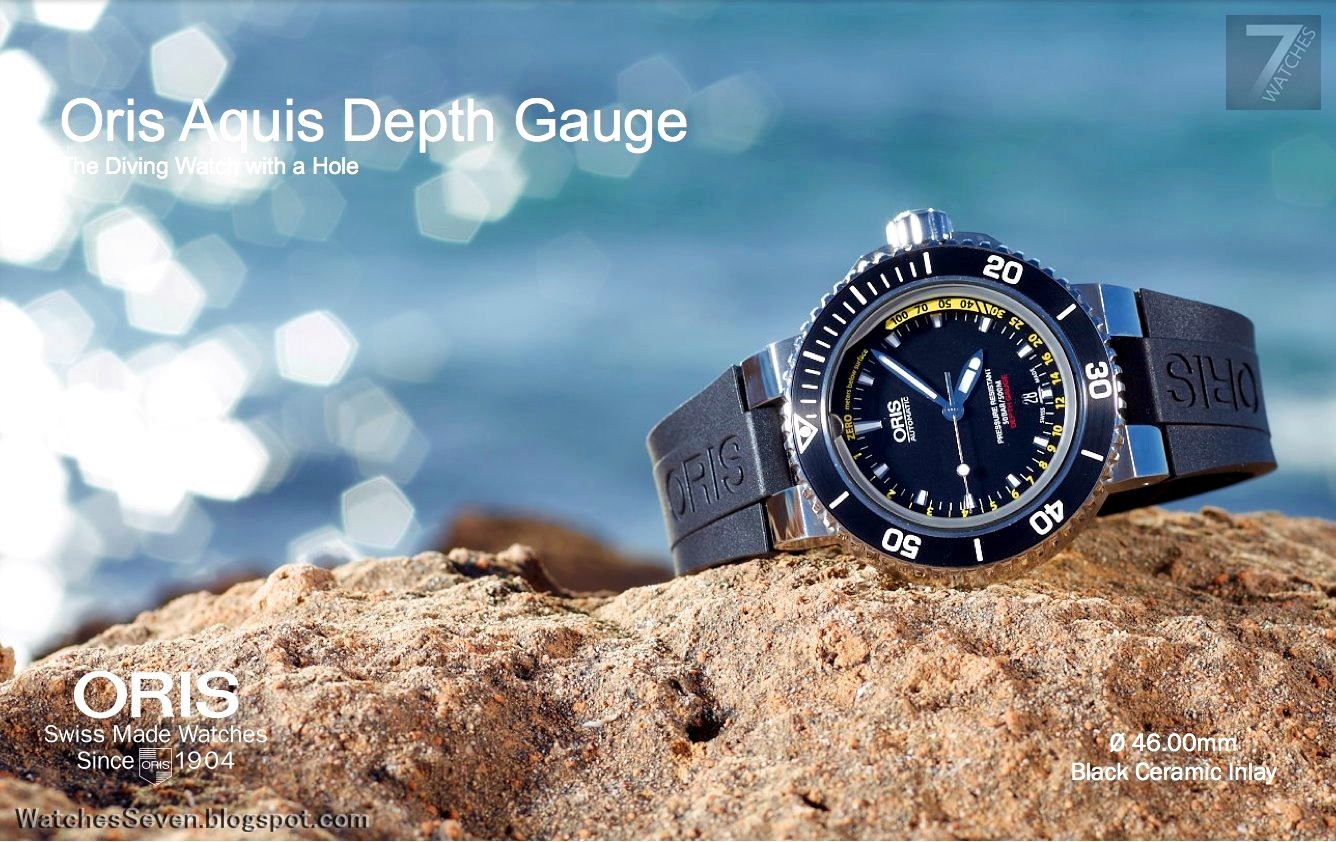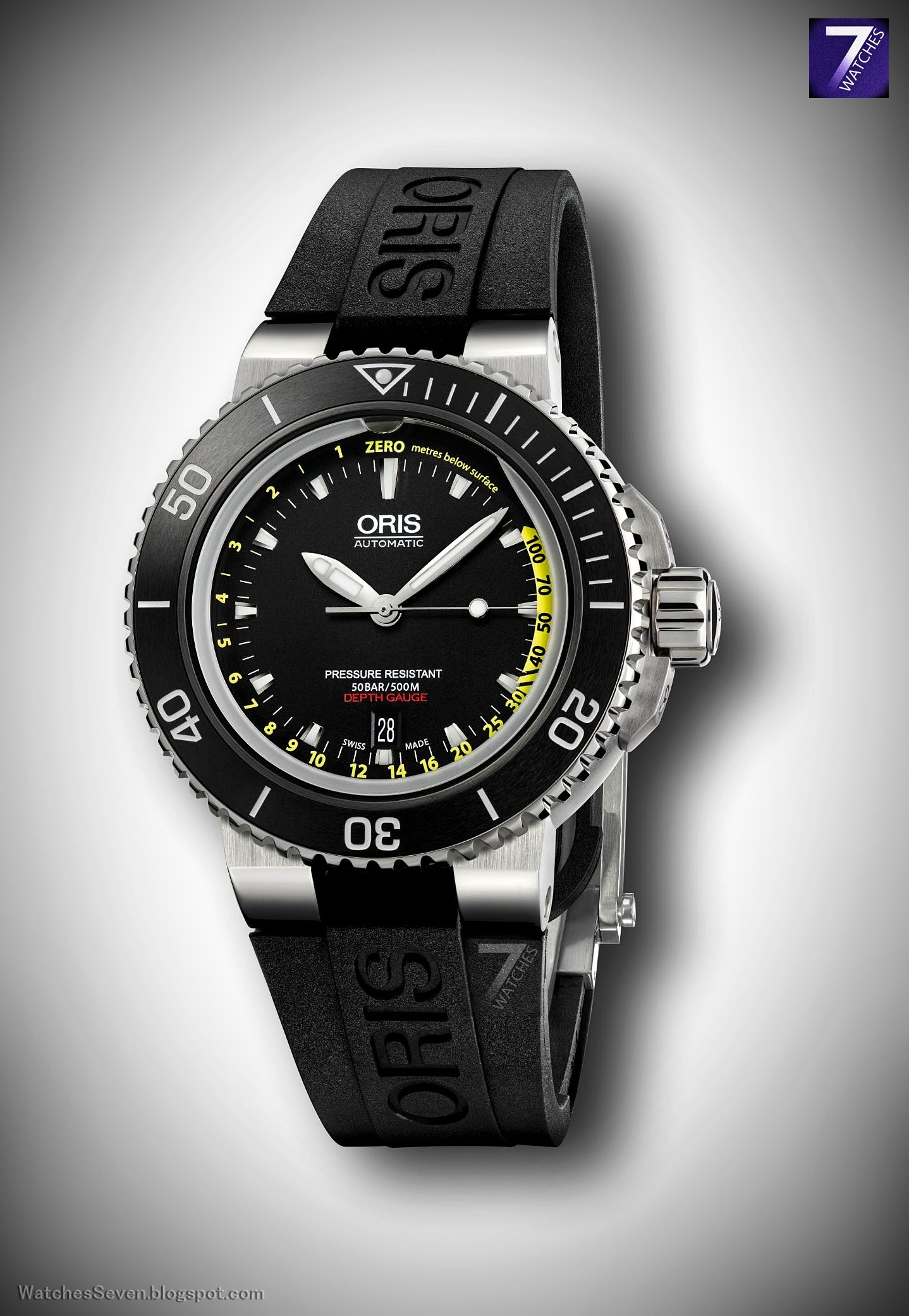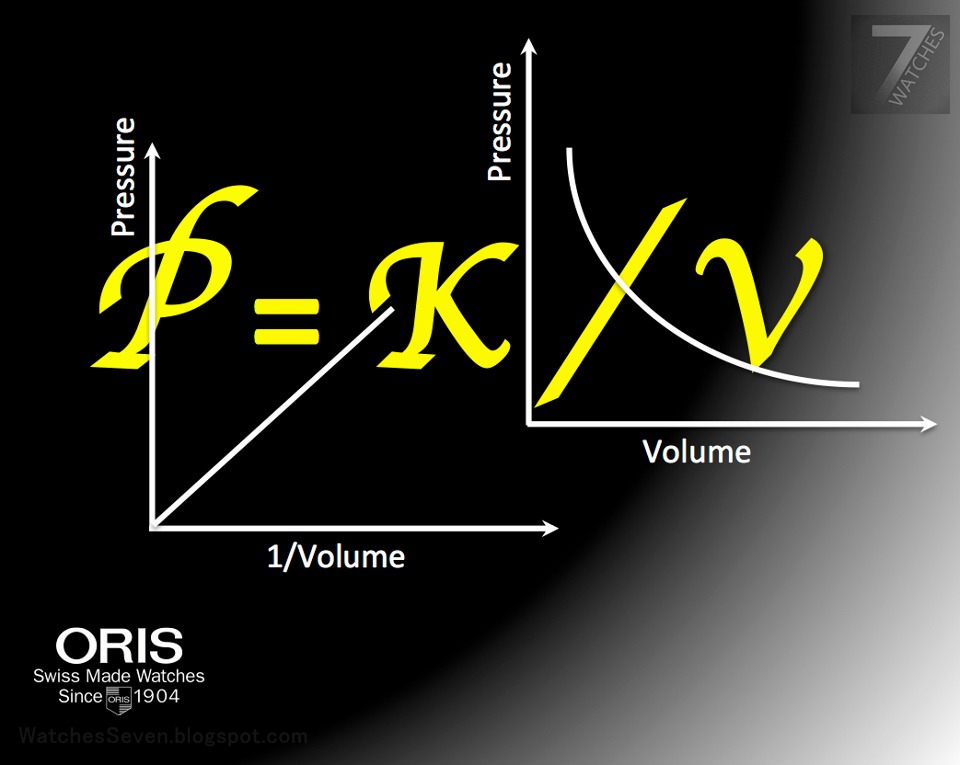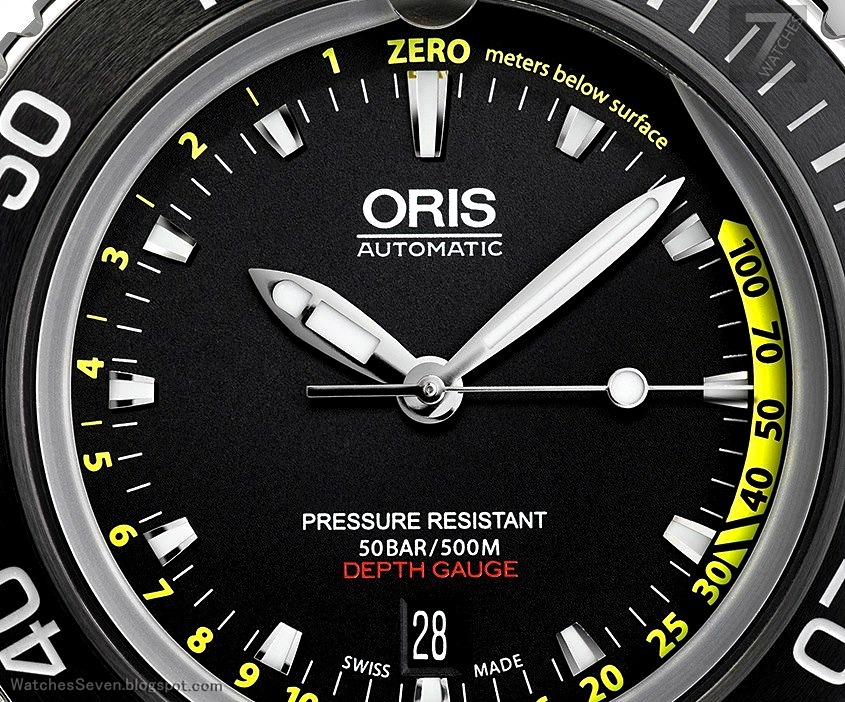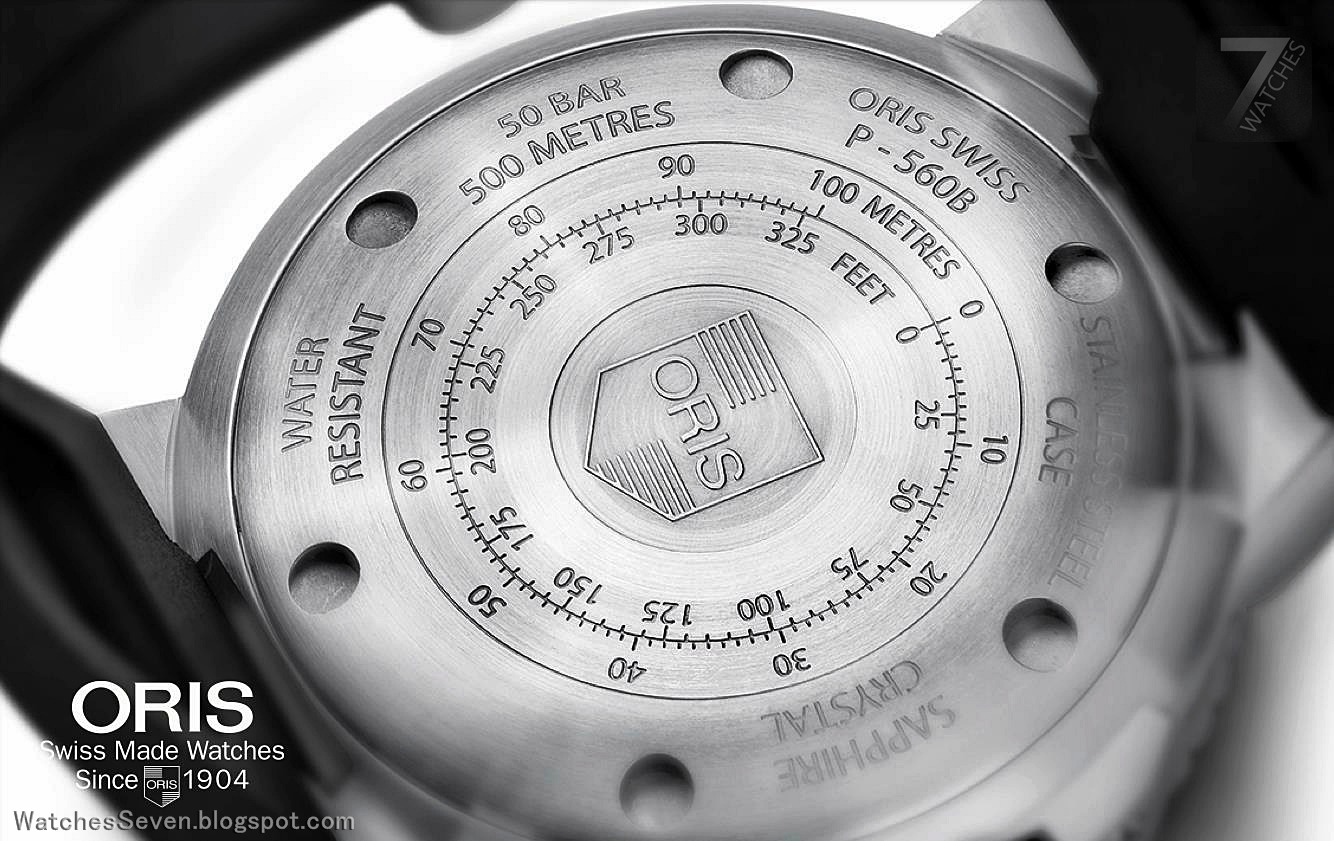OFFICINE PANERAI - NOVELTIES SIHH 2013
PANERAI - CONTEMPORARY PAM526 Luminor 1950 Regatta 3 Days Chrono Flyback Automatic Titanio - 47mm NEW
THE START OF A VINTAGE YACHT RACE IS A MOMENT OF REMARKABLE BEAUTY.
The boats gather together at the starting line between the buoys, and
at this point they are in the hands of the wind and the skill of the
captains and crews. Click on the mouse wheel to see the large size ... BIG FOTO
Timing is crucial: in the minutes preceding the start, marked by the ritual of the strict countdown of the judges’ flags, the Lords of the sea must line up behind the buoys without crossing the imaginary line before the start.
Click on the mouse wheel to see the large size ... BIG FOTO
From the union of Officine Panerai and the world of classic sailing the Luminor 1950 Regatta 3 Days Chrono Flyback Titanio was born. This is a chronograph with an automatic movement and a three-day power reserve, fitted with the Regatta countdown function, specifically created for yacht racing starts.
Click on the mouse wheel to see the large size ... BIG FOTO
The remarkable simplicity of using the Regatta countdown function is evidence of the excellence of the technical innovation achieved by the new P.9001R automatic chronograph calibre of the new Luminor 1950 Regatta 3 Days Chrono Flyback Titanio. An orange push-button at four o’clock moves the central orange chronograph minute hand back one minute at a time, until it is at the correct position in relation to the length of the countdown.
Click on the mouse wheel to see the large size ... BIG FOTO
On starting the chronograph, by pushing the chronograph stop/start button at ten o’clock, the relative hands begin to move, indicating first the minutes and seconds remaining until the start, and then, when the countdown has finished, the time elapsed since the start of the race. The push-button at eight o’clock ends the time measurement, returning all the chronograph hands to zero. Alternatively, if it is operated while the hands are still moving, it activates the return-to-zero (flyback) function, thus enabling a new time interval to be measured immediately without operating the stop and reset buttons.
Click on the mouse wheel to see the large size ... BIG FOTO
The black dial of the Luminor 1950 Regatta 3 Days Chrono Flyback Titanio has the sandwich structure and the classic Panerai design distinguished by the large linear hour markers and figures, enriched by the elements enabling the indications of the chronograph functions to be read.
Click on the mouse wheel to see the large size ... BIG FOTO
The chronograph hands are central and distinguished from each other by being of different, easily recognised colours, while the orange hand recording the hours turns within the small dial at three o’clock, mirroring the small seconds dial at nine o’clock. The flange carries the scale of up to 15 minutes for the countdown to the start, with the five final minutes picked out in orange, and also the tachymeter scale expressed in knots, enabling the speed of the yacht to be measured over a defined distance.
Click on the mouse wheel to see the large size ... BIG FOTO
The Luminor 1950 case has the characteristic Panerai lever device for protecting the winding crown and is 47 mm in diameter. It is made of brushed titanium, contrasting with the polished bezel. On the back, the sapphire crystal reveals the P.9100/R movement.
Click on the mouse wheel to see the large size ... BIG FOTO
Water-resistant to 10 atmospheres (about 100 metres), as is to be expected of an advanced instrument for serious sailors, the Luminor 1950 Regatta 3 Days Chrono Flyback Titanio is part of the Contemporary Collection. It is supplied with a rubber strap, easily replaceable thanks to the patented Officine Panerai system, using the little tool provided.
------------------------------------------------------------
Technical Specifications
MOVEMENT
Automatic mechanical, Panerai P.9100/R calibre,
executed entirely by Panerai,
13¾ lignes, 9.55 mm thick, 37 jewels,
Glucydur® balance, 28,800 alternations/hour.
KIF Parechoc® anti-shock device.
KIF Parechoc® anti-shock device.
Power reserve 3 days, two barrels. 328 components.
FUNCTIONS
Hours, minutes, small seconds, flyback chronograph,
regatta countdown, knots scale for calculation of boat speed, seconds
reset.
CASE
Diameter 47 mm, brushed titanium.
Engraved brushed
titanium buttons for the chronograph functions at 10 o’clock and 8
o’clock. Brushed button and orange surface for the regatta function at 4
o’clock.
BEZEL
Polished titanium.
BACK
See-through sapphire crystal.
DEVICE PROTECTING THE CROWN
(protected as trademark) Brushed titanium.
DIAL
Black with luminous Arabic numerals and hour
markers.
Chronograph hour counter at 3 o' clock, seconds at 9 o’clock,
central chronograph seconds and minutes hands.
CRYSTAL
Sapphire, made of corundum, 1.6 mm thick.
Anti-reflective coating.
WATER-RESISTANCE
10 bar (~ 100 metres).
STRAP
PANERAI personalised rubber strap and trapezoidal
brushed titanium buckle.
Supplied with a second interchangeable strap, a
tool for changing the strap and a steel screwdriver.
---------------------------------------
www.facebook.com - Panerai
-------------------------------------------------
www.Panerai.com



